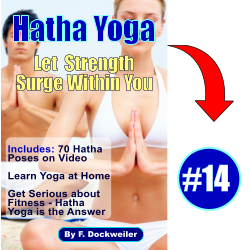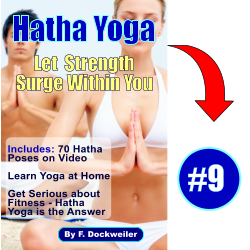One of the biggest challenges faced by adults when getting older is the gradual lessening of the ability to be flexible. In Hatha Yoga, we have the Cat-Cow Pose, or Chakravakasana in Sanskrit, to help you deal with such stressful conditions by raising your levels of suppleness or flexibility.
Qualities of the Cat-Cow Pose
Notice the way your body tenses when you face a difficult or stressful situation. Your breathing becomes more rapid and shallow. Your muscles bunch up, forming hard painful knots. Your body gears up either to flee a stressful situation or go down fighting in self-defense. This is the “fight or flight response.”
Imagine that scenario having been repeated over and over in your life – you became upset and tense in school as you interacted with all kinds of people. Some were insufferable bullies, some were just annoying day in and day out.
You have also become upset and tense several times at work, or when out of work. At home, you also probably encountered difficulties that sent your levels of cortisol, your stress hormone, winging high and this resulted in you being burnt-out.
That’s just the tip of a rather huge iceberg, because when the body and mind are frequently subjected to stress, something is eventually going to give. That something is usually your inner self. Depression and a sense of futility may take hold of you.
The Cat-Cow Pose in Hatha Yoga promotes flexibility as a means of properly dealing with stressful conditions, whether externally or internally generated.
Benefits of the Cat-Cow Pose
- Mental – conditions the mind to view stressful situations not necessarily as high-danger threats always, but to see stress as being manageable, with the outcome being dependent on how you deal with it (calmly);
- Physical – gentle stimulation of abdominal organs, spurs adrenal glands and kidneys to regulate hormone production and encourage internal body cleansing, promotes proper spinal alignment to restore flexibility, encourages deeper and slower breathing for better stress management;
- Spiritual – when the mind stops regarding each instance of stress as being overwhelming, internal calmness and heightened energy ensue. The Cat-Cow pose is an effective weapon to stave off depression.
Video Demonstration of the Cat-Cow Pose:
Safety Alert
The Cat-Cow Pose is not recommended for pregnant women and those with existing neck injuries.
Next, moving on, we’ll discover a very popular pose among yoga enthusiasts named the “Downward Dog”. This pose is excellent for alertness and recovery and is also included, along side the Cat-Cow pose in the video library you get access to when subscribing to the MyFitnessNut.com Newsletter found at the top of the home page.









